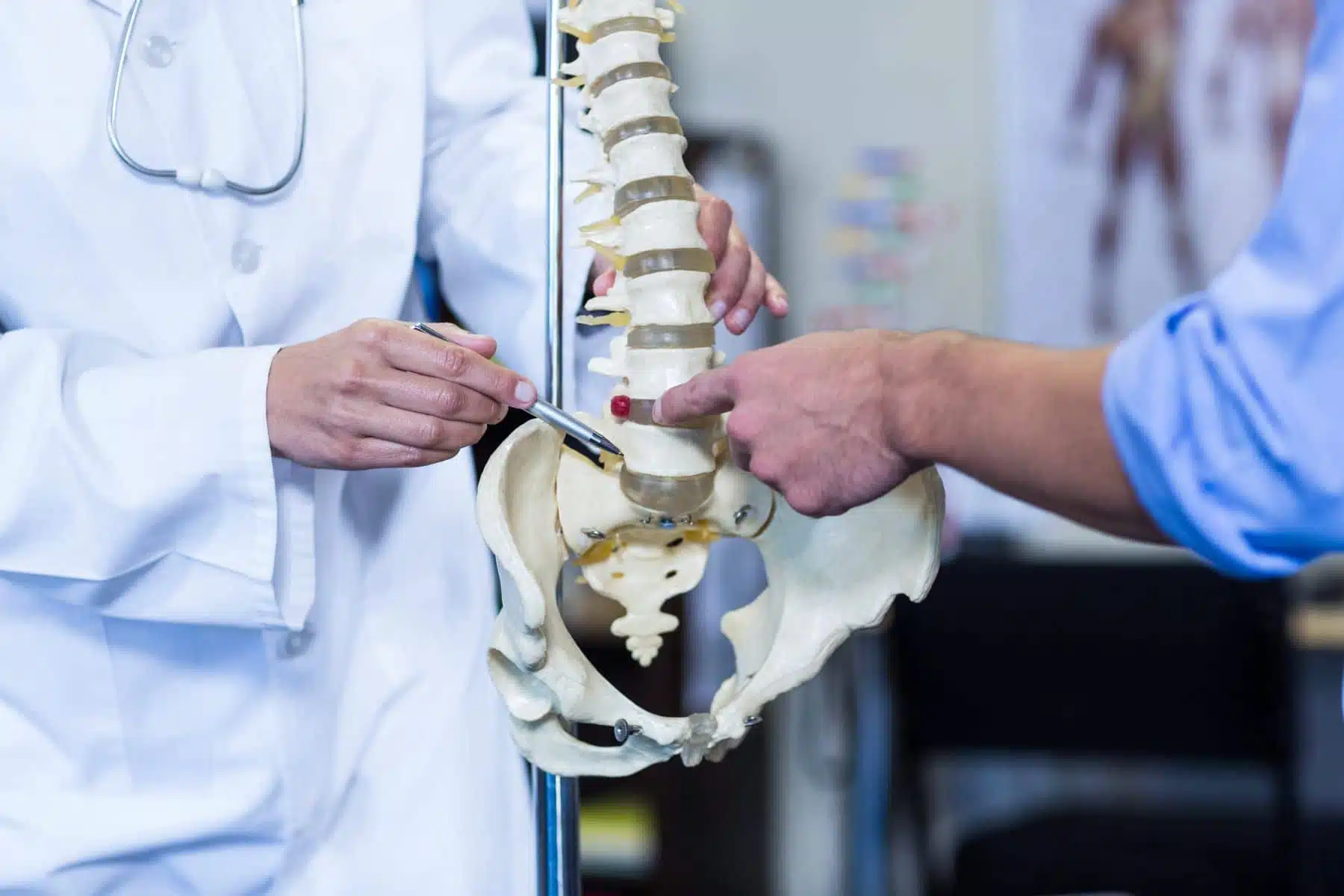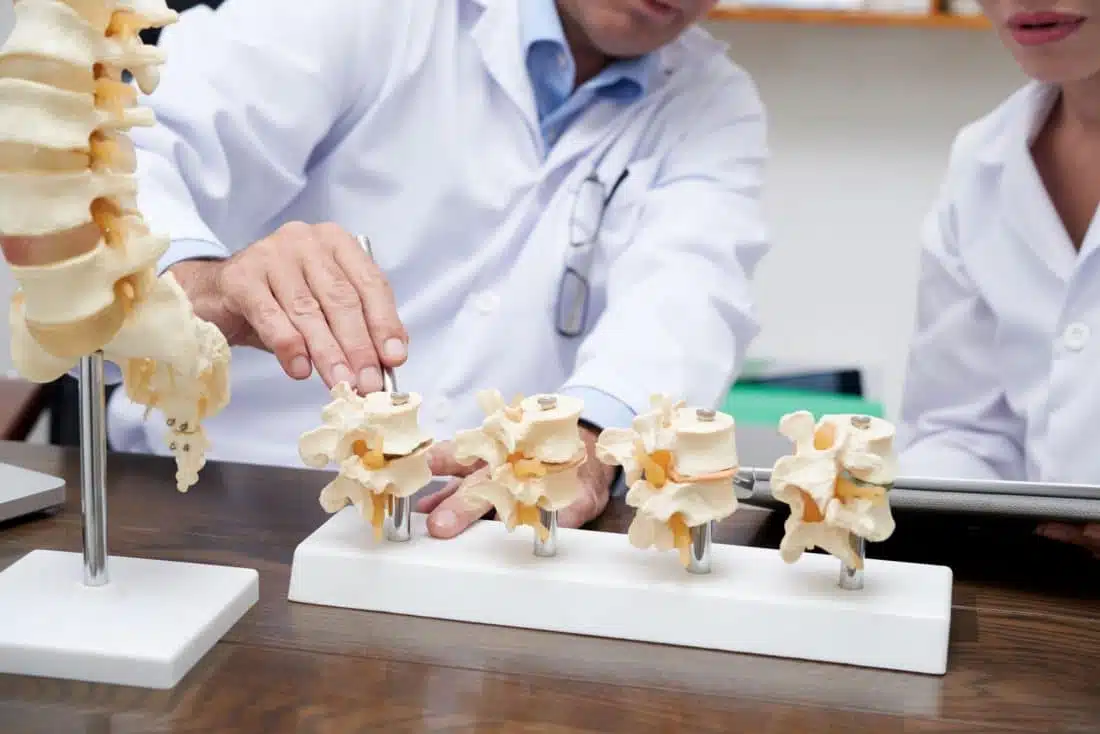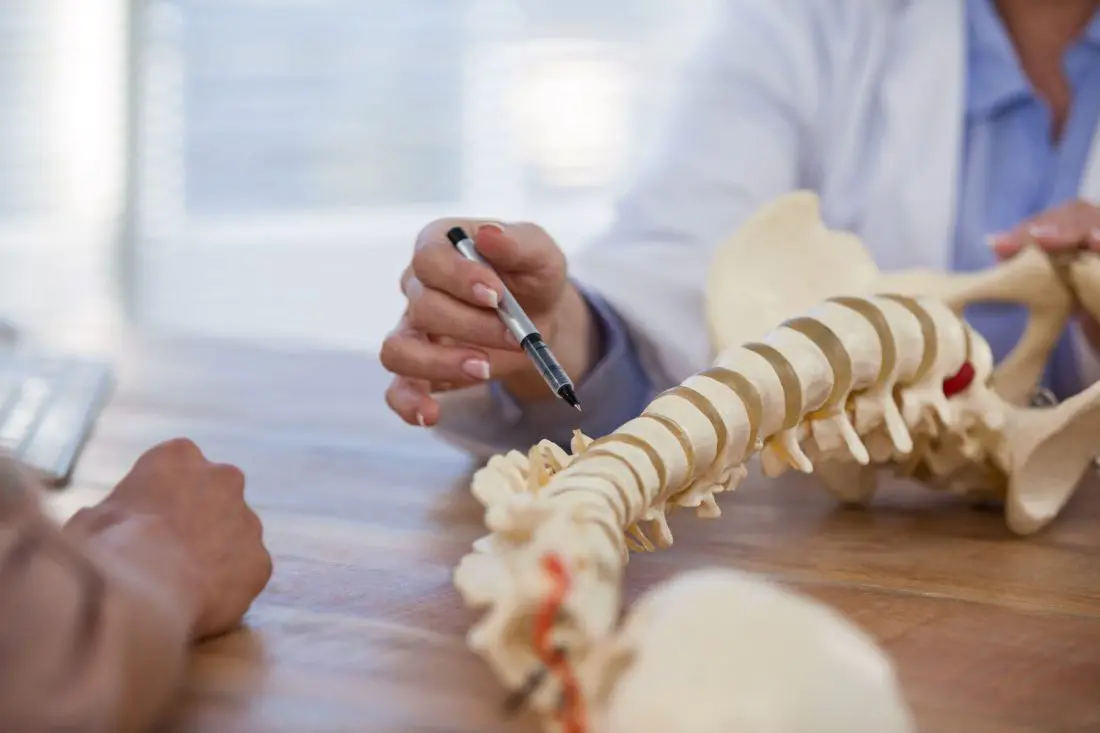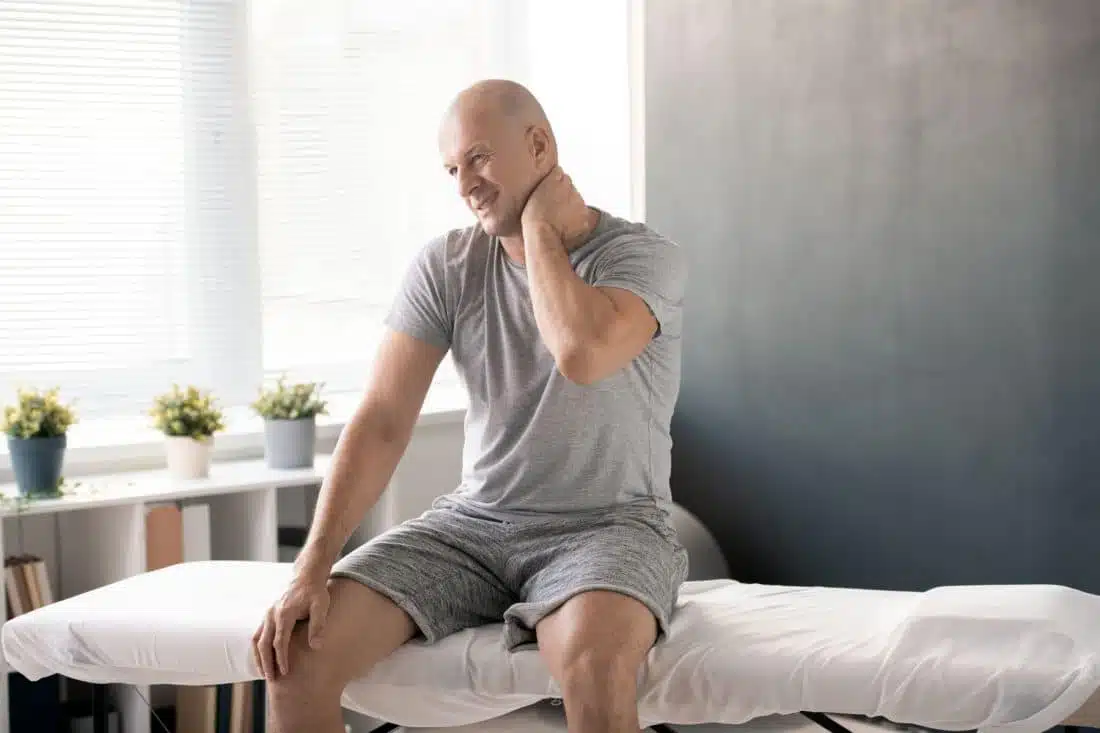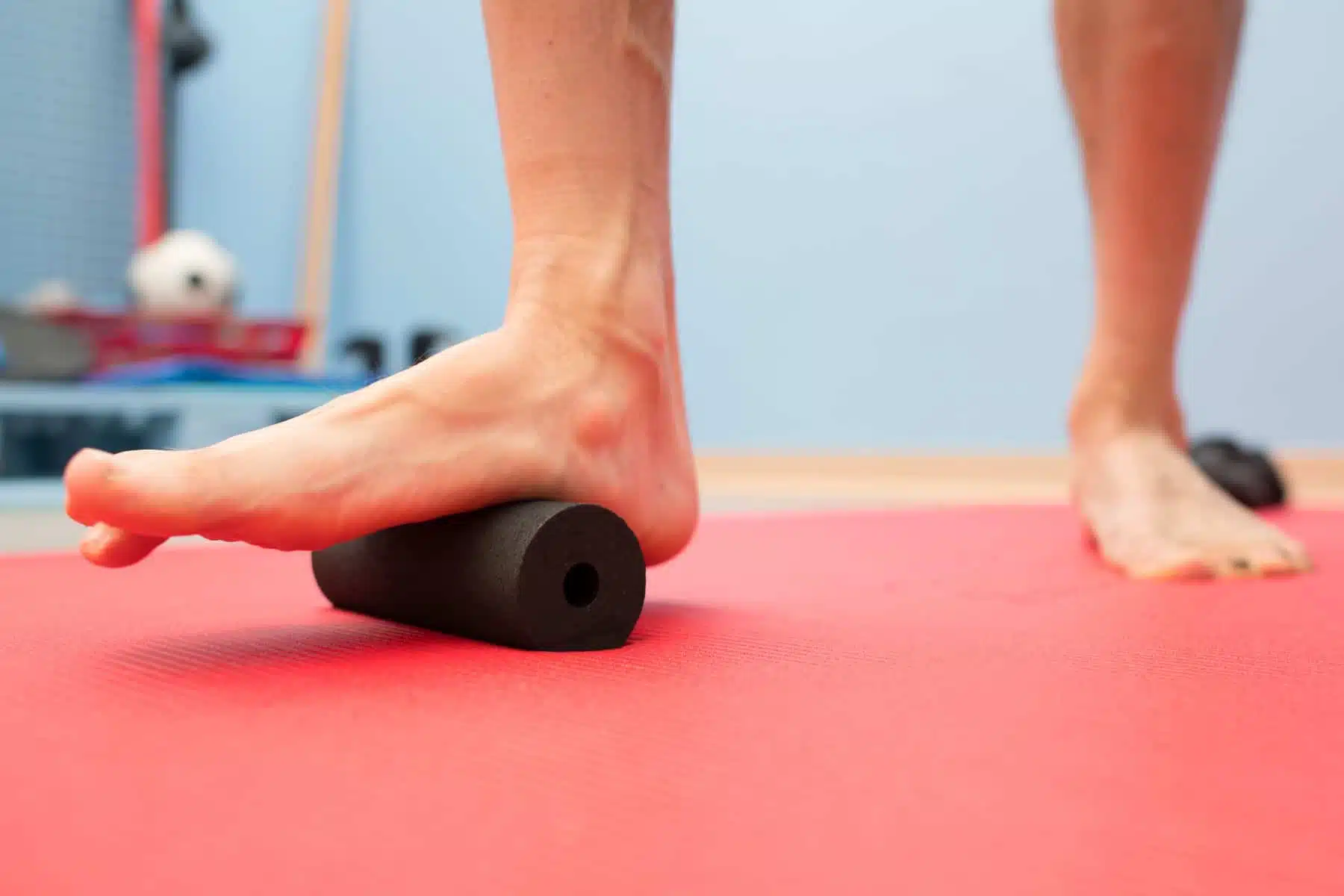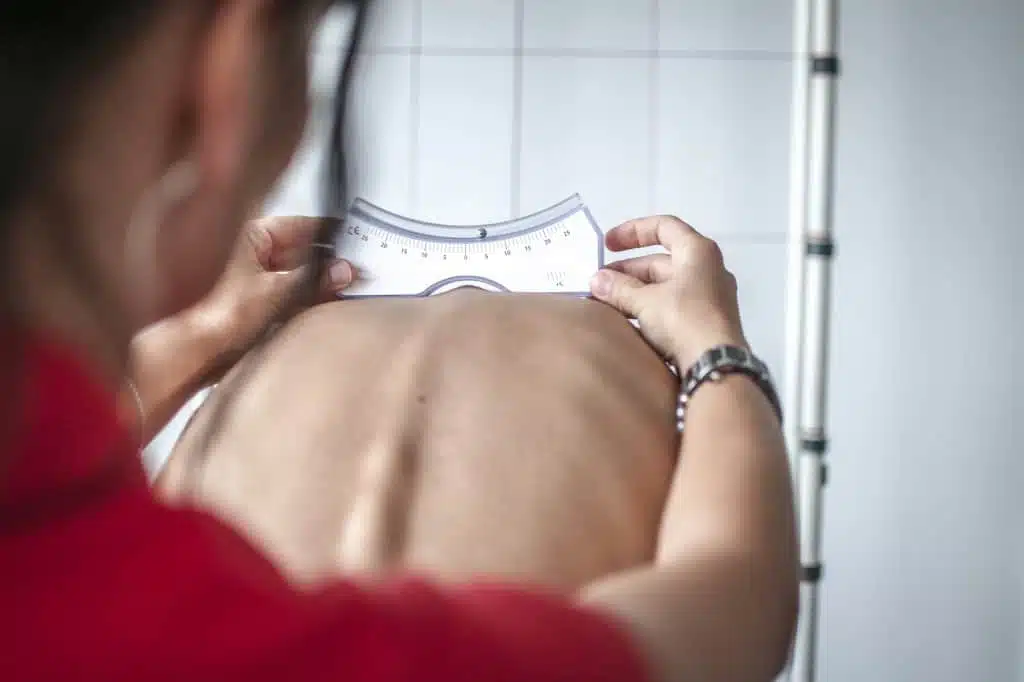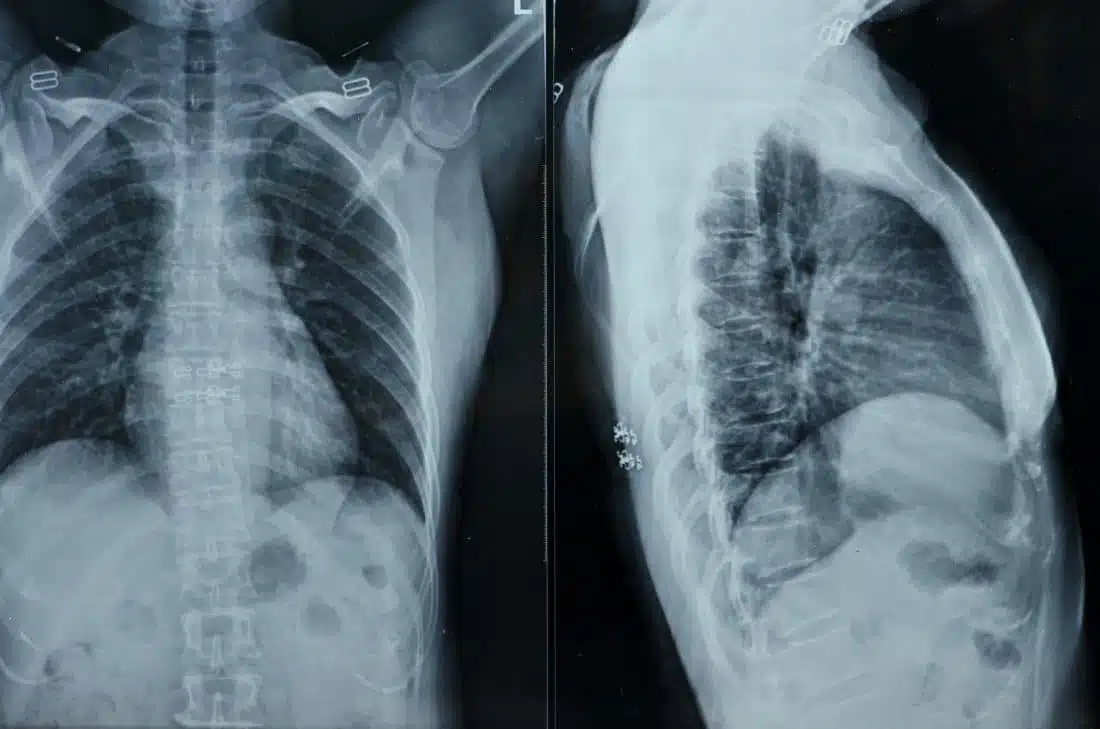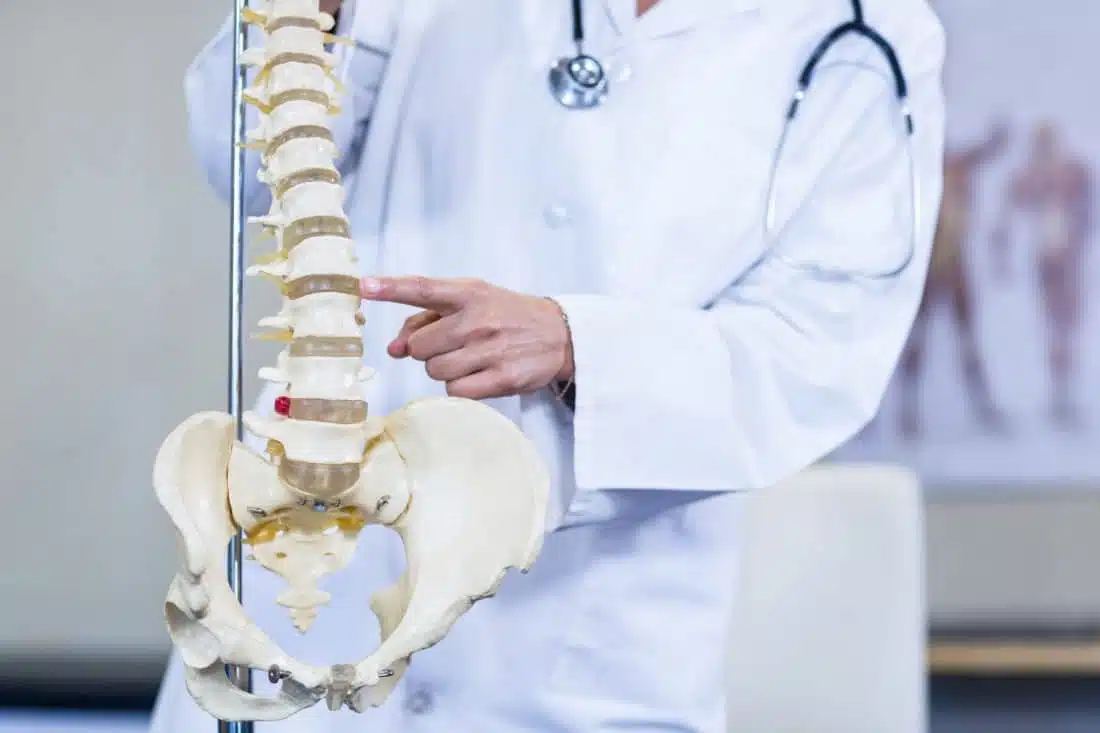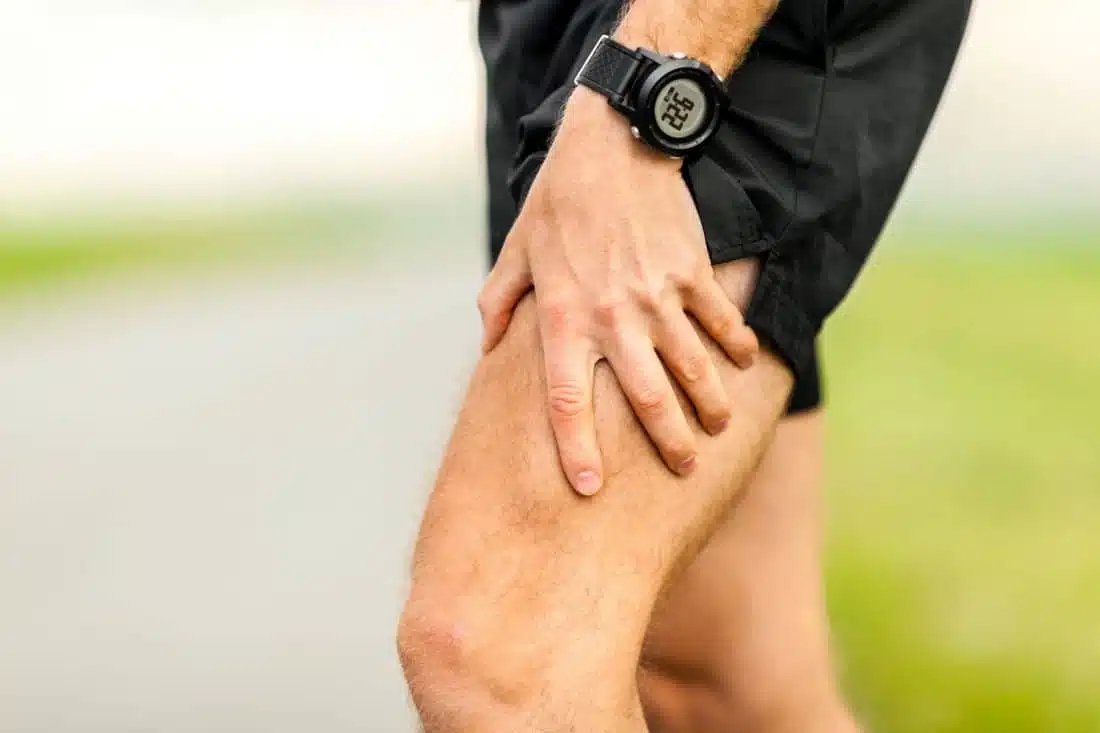Conditions We Treat
The conditions treated at Houston Spine and Rehab go far beyond our competition due to our wide array of treatment options. Our treatment options can range from Physical Therapy, Chiropractic Care, Pain Management, and more, depending on the condition or symptoms our patients experience. Each physician here at Houston Spine and Rehab is high trained, certified, and follows a patient-first approach where each treatment plan is custom tailored to that patient's need.


